The Mekong Delta contributes 95% of rice exports and accounts for 60% of the total seafood export value of the country. Fruit and vegetable exports have continuously grown strongly in recent times as many types of fruits continue to be exported to many markets. However, many credit bottlenecks are making borrowing and lending capital for agricultural production in this region difficult.
According to the State Bank of Vietnam , in the Mekong Delta, by the end of September 2024, the total outstanding credit balance of the region reached 1.18 million billion VND, an increase of 8% compared to the end of 2023. Outstanding loans in the agricultural-rural sector reached 643 trillion VND, accounting for 54% of the total outstanding loans of the region and 19.5% of the total outstanding credit balance of the country; outstanding loans of the rice industry in the region reached about 124 trillion VND, an increase of 18% compared to the end of 2023, accounting for 11% of the total outstanding loans of the region and 53% of the total outstanding rice credit balance of the country.
Dr. Can Van Luc ( economic expert) said that, regarding agricultural and rural capital sources, the Mekong Delta region still has many limitations such as: High-tech application policies have not been concretized in practice, so they have not attracted the necessary resources in developing high-tech agriculture.
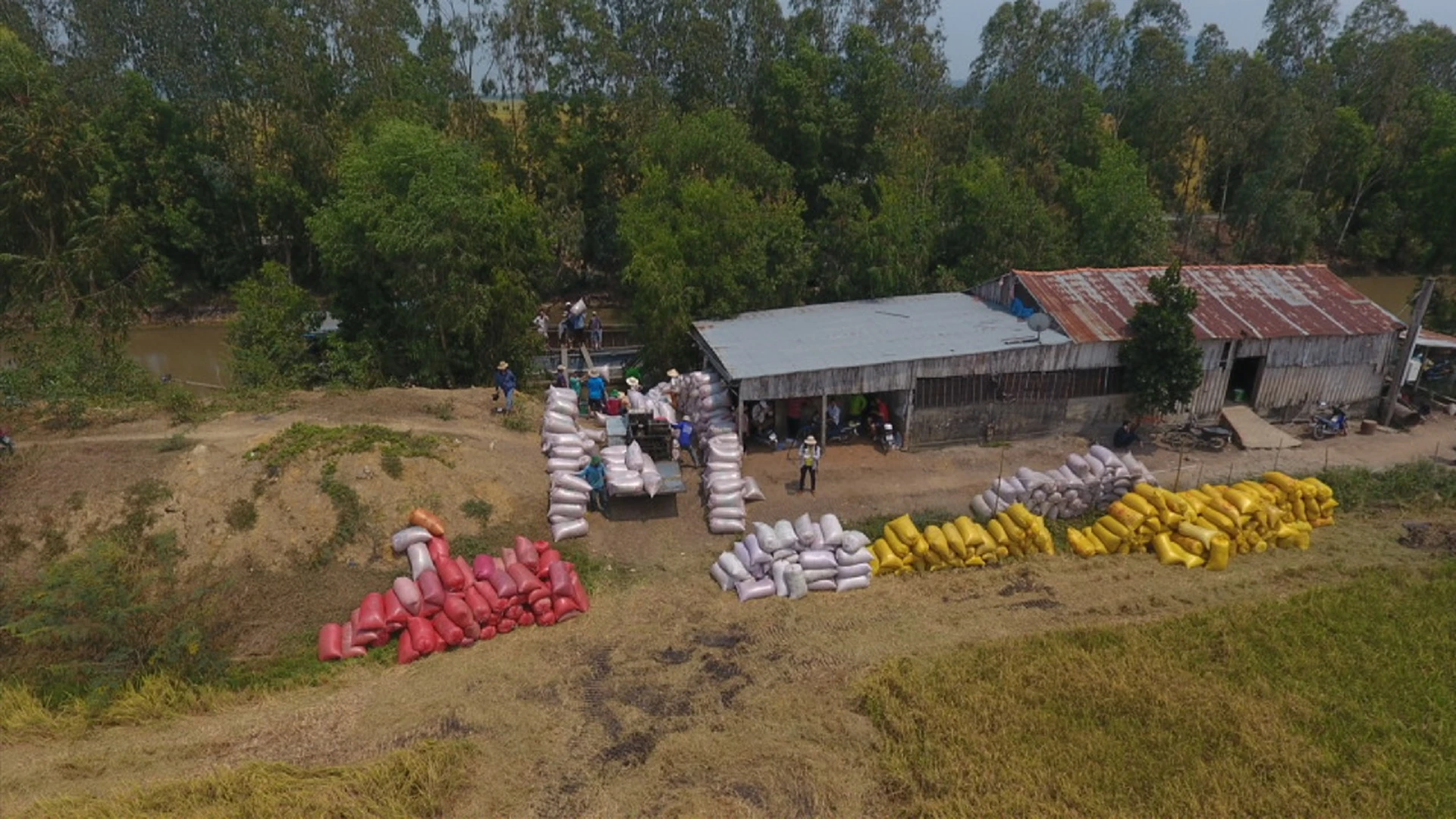 |
| The Mekong Delta is blessed with a dense canal system and fertile land. |
The linkage and cooperation between the four parties (Farmers - State - Scientists and Enterprises) in production, processing and consumption are still not tight and sustainable. Commitments to consume output products have not been seriously implemented, affecting the ability to consume goods, creating difficulties for banks in recovering loans.
Although agricultural insurance has policies and guidelines, its implementation is slow and there is no summary for official replication. Lack of risk prevention tools leads to low investment credit efficiency.
Besides, implementing the commitment to provide agricultural and rural credit loans (especially for joint stock commercial banks) is not easy, due to profit pressure, thin branch network, appraisal level...
Dr. Can Van Luc, economic expert
Borrowers lack collateral or have problems with collateral. Many agricultural enterprises do not meet the conditions for borrowing capital (unfeasible business plans, limited equity and financial capacity, corporate governance, etc.)
According to Mr. Le Van Tuan, Deputy Head of Credit Policy Department of Vietnam Bank for Agriculture and Rural Development (Agribank), the Mekong Delta is a region favored by nature with a dense canal system and fertile land, very suitable for production, aquaculture, rice and fruit cultivation.
However, there is a lack of businesses with enough potential to play a leading role, large enough to play a core role in the operation of the linkage chain. In some localities, there are not many synchronous policies in building linkage chains, and there is not enough strong participation from functional sectors.
Most of the cooperatives in the localities are currently not operating effectively, lacking key human resources and management experience. Most of the cooperatives do not have land for cultivation, most of them use production land of their members. Therefore, accessing loans is difficult when there is no private property to secure the loan...
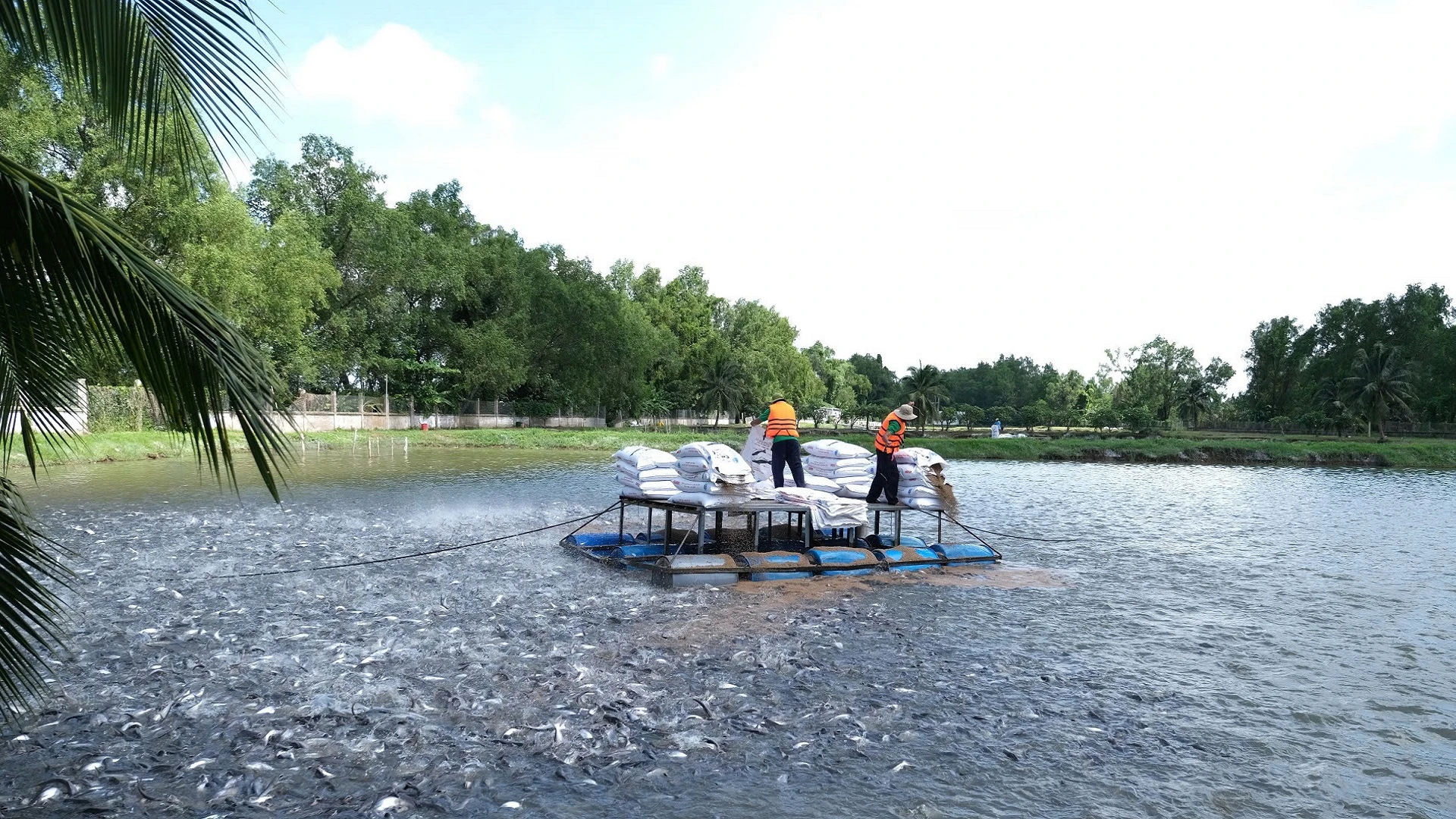 |
| There needs to be synchronous coordination from policies of ministries, branches and localities to contribute to removing difficulties for production and business. |
According to Pham Thai Binh, Chairman of the Board of Directors of Trung An High-Tech Agriculture Joint Stock Company, currently, banks and financial institutions lend 2 billion USD in long-term capital (7-10 years) and 2 billion USD in short-term capital (less than 12 months). 4 billion USD is a very modest amount compared to the amount of idle money the community has deposited in banks (12 million billion VND, equivalent to about 500 billion USD).
Implementing the project of 1 million hectares of high-quality and low-emission rice, the rice chain will earn 10 billion USD each year, not including the money earned from selling carbon credits. Enterprises, farmers and the social community all develop, creating momentum to attract another 2 million hectares of rice land of the Vietnamese rice industry to develop sustainably, proactively from production to consumption with high value.
The rice industry in the Mekong Delta should not lose opportunities just because it cannot borrow capital to invest in development.
Mr. An Pham Thai Binh, Chairman of the Board of Directors of Trung An High-Tech Agriculture Joint Stock Company
According to economic experts, to promote credit for key agricultural products and develop the Mekong Delta rapidly and sustainably, in addition to solutions and policies from the banking sector, there needs to be synchronous coordination from policies of ministries, sectors and localities to contribute to removing difficulties for production and business, supporting and promoting growth drivers.
It is necessary to increase transparency in corporate finance so that banks have a basis to approach, appraise, and grant credit to good customers, feasible projects and plans with full legal status.
Departments, branches, sectors, and local business associations continue to support and coordinate with banks in connecting banks and businesses, promptly grasp customer needs and difficulties to resolve, in order to promptly meet customers' capital needs.
Regarding the implementation of the Project of 1 million hectares of high-quality and low-emission rice, the Ministry of Agriculture and Rural Development and the People's Committees of 13 provinces and cities participating in the program will soon announce specialized areas, linkages and subjects participating in the linkage; issue technical and economic norms for high-quality and low-emission rice production so that the banking system can proactively approach, consider and decide on lending...
Dr. Can Van Luc said that in the coming time, it is necessary to complete the information system to forecast the market and agricultural product prices to help farmers and businesses have a stable production and consumption orientation.
Have a marketing strategy and expand the agricultural export market, focus on building brands, and take advantage of new generation FTAs. Encourage the development of linkages and supply chain financing (especially lending to large purchasing enterprises - lead firm finance).
Focus on developing agricultural and rural infrastructure; innovate and improve the effectiveness of the new rural program. Implement more effectively the risk insurance policy in agriculture.
Banks and credit institutions need to develop/renew policies and procedures for granting agricultural and rural credit to each customer segment (ensuring compliance with regulations but simplifying procedures and making them easy to understand)...
Source: https://nhandan.vn/thuc-day-tin-dung-nganh-nong-san-chu-luc-vung-dong-bang-song-cuu-long-post845465.html








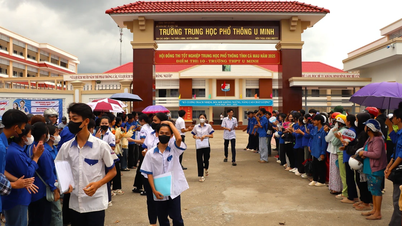

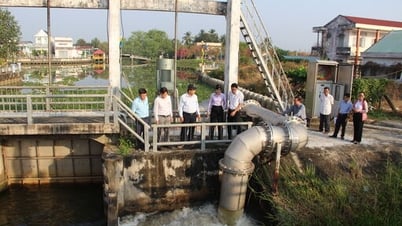

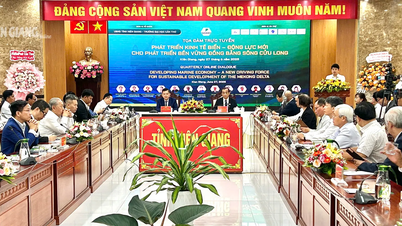

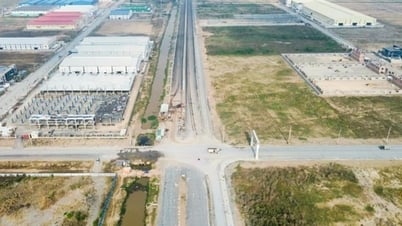



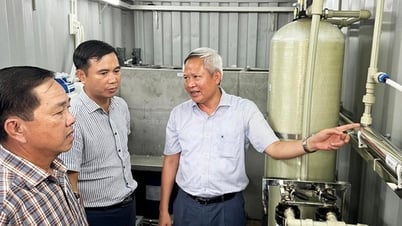

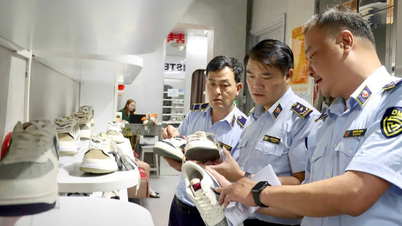

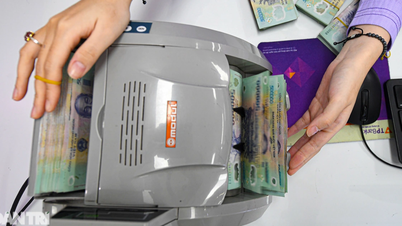

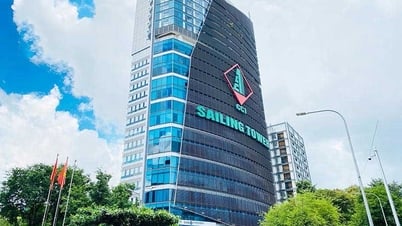



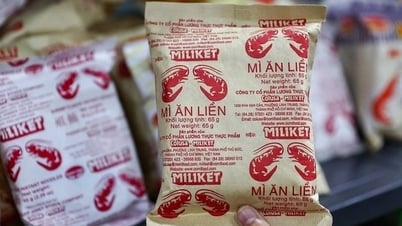






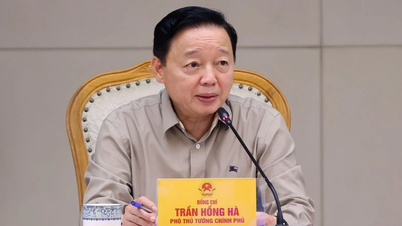


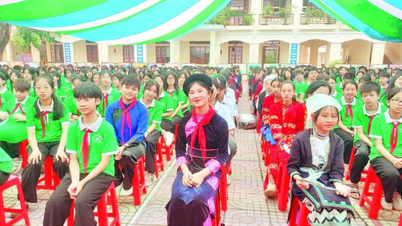
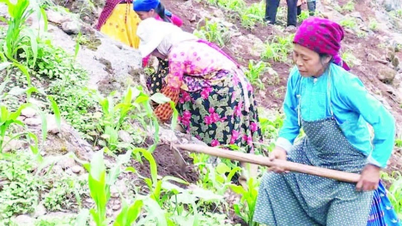
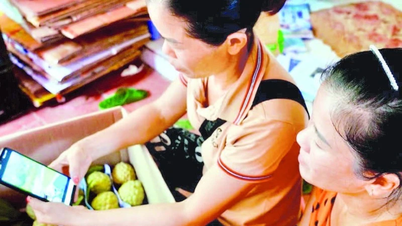









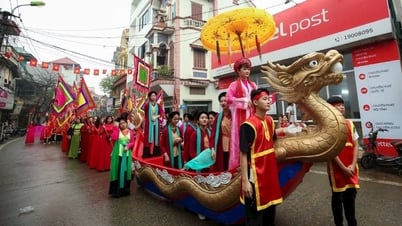
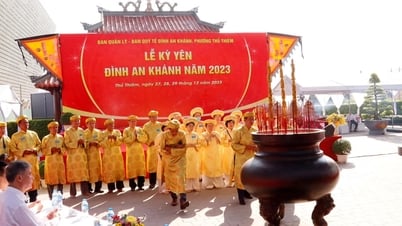





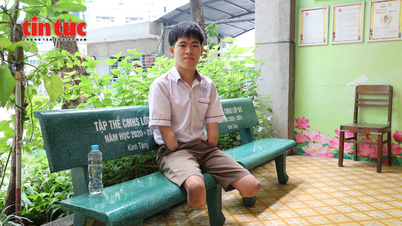

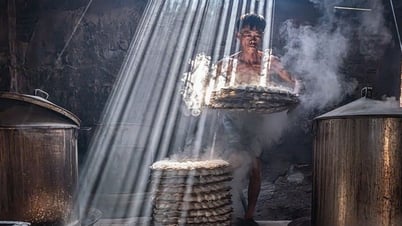


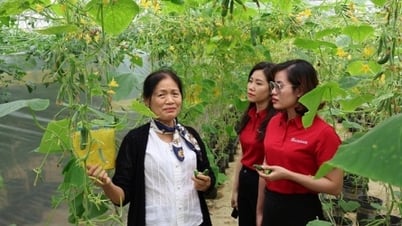

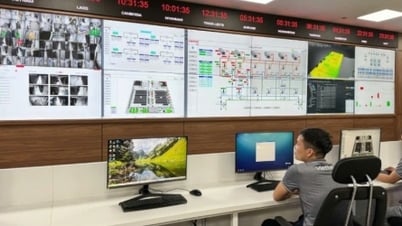


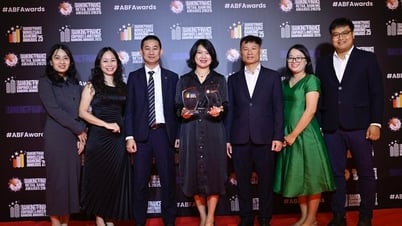
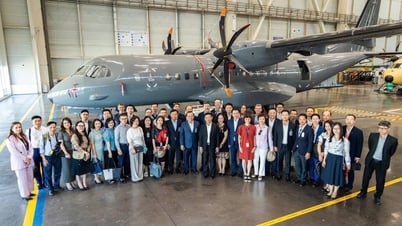







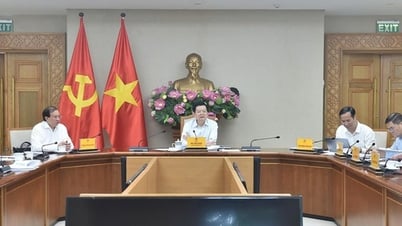



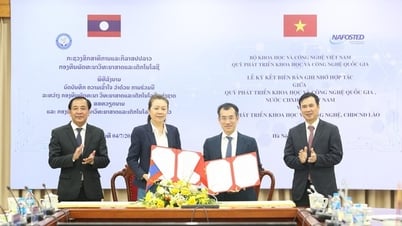
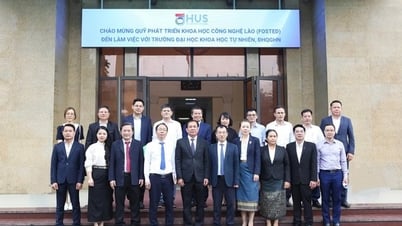

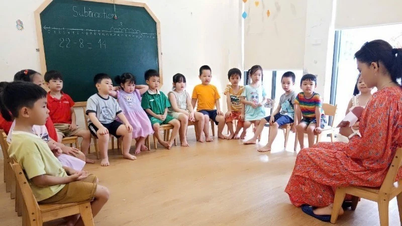

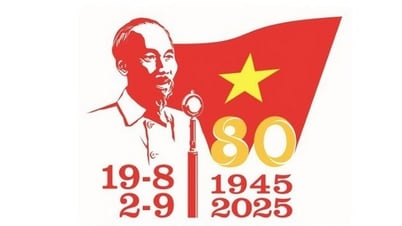



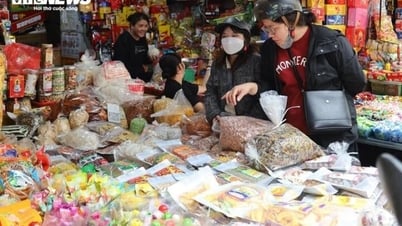

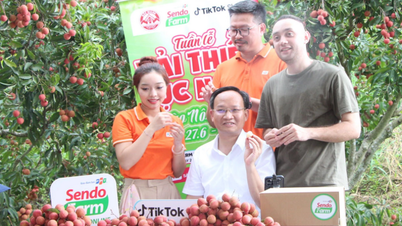



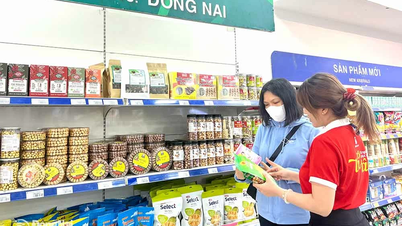


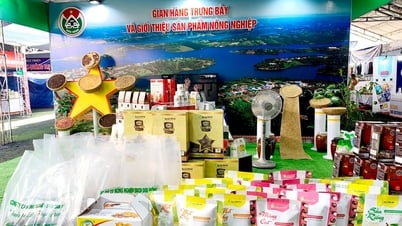
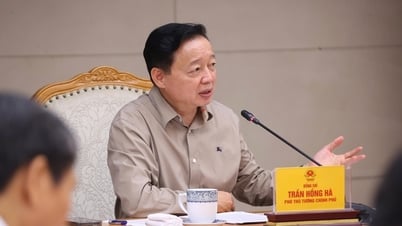



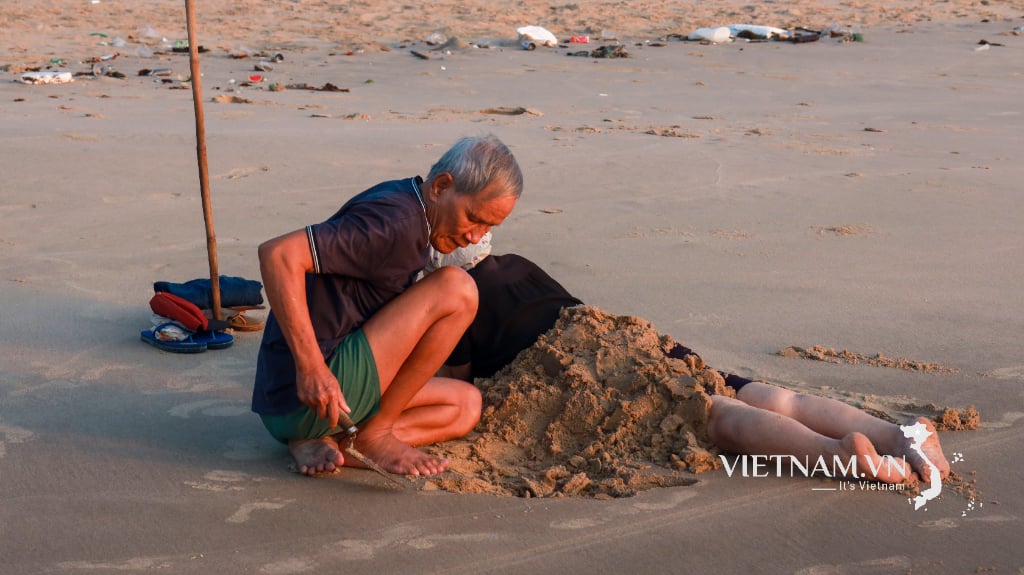

Comment (0)